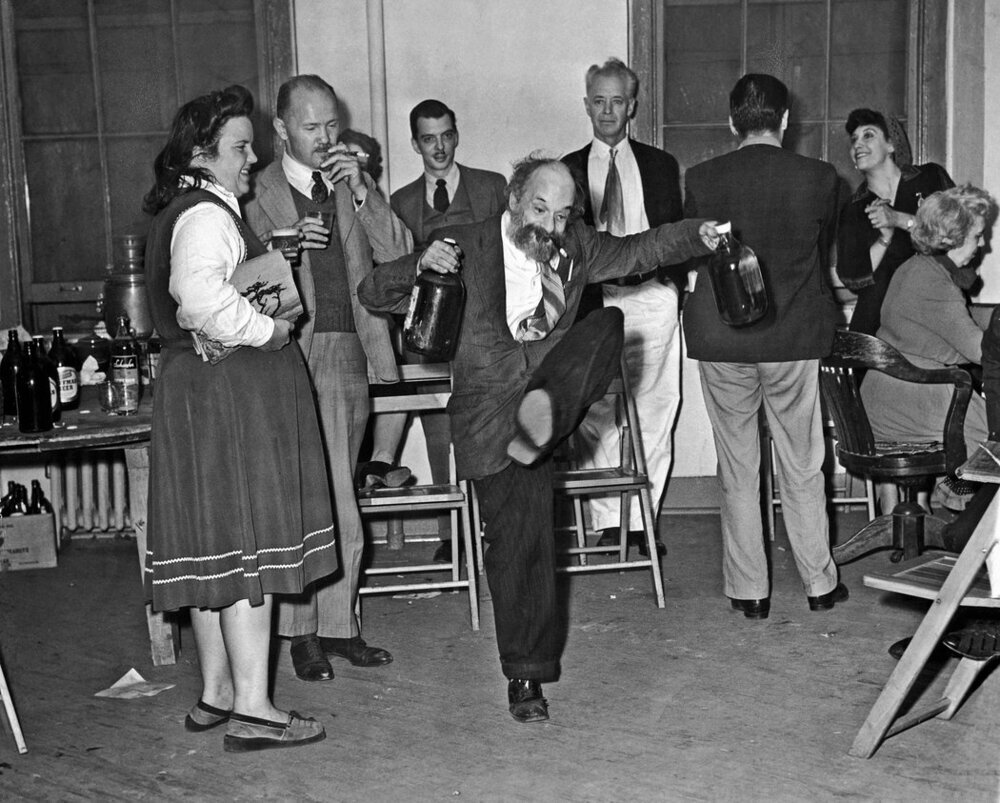
Age Verification
By clicking enter, I certify that I am over the age of 21 and will comply with the above statement.
Or
Always enjoy responsibility.
By clicking enter, I certify that I am over the age of 21 and will comply with the above statement.
Or
Always enjoy responsibility.
Categories: Sacred Plants - Herbalism
Purposes: Ritualistic - Tobacco Alternative - Magick - Women Related

Satisfaction guaranteed

Fast delivery and secure packaging

Secure payments
The mugwort plant has been used as an anthelminthic, so it is sometimes confused with wormwood (Artemisia absinthium). The plant, called nāgadamanī in Sanskrit, is used in Ayurveda for cardiac complaints as well as feelings of unease, unwellness, and general malaise. In traditional Chinese medicine, there is a belief that moxibustion of mugwort is effective at increasing the cephalic positioning of fetuses who were in a breech position before the intervention. A Cochrane review in 2012 found that moxibustion may be beneficial in reducing the need for ECV, but stressed a need for well-designed randomised controlled trials to evaluate this usage. Indigenous peoples of North America used mugwort for a number of medicinal purposes. Strong, bitter-tasting pasture sagewort tea was taken to treat colds and fevers. Mugwort was used in washes and salves to treat bruises, itching, sores, poison ivy, eczema, and underarm or foot odour. The leaves were dried, crushed, and used as a snuff to relieve congestion, nosebleeds, and headaches. Tarragon plants were boiled to make washes and poultices for treating swollen feet and legs and snow blindness. Some tribes called western mugwort 'women's sage' because the leaf tea was taken to correct menstrual irregularity. It was taken to relieve indigestion, coughs, and chest infections. Western mugwort smoke was used to disinfect contaminated areas and revive patients from comas. Northern wormwood tea was taken to relieve difficulties with urination or bowel movements, to ease delivery of babies, and to cause abortions. The terpene Thujole is what gives Mugwort it’s psychoactive effects. Make into a tea or smoke.
This product has not been evaluated by the food and drug administration . Not intended to diagnose, threat, cure or prevent any disease.